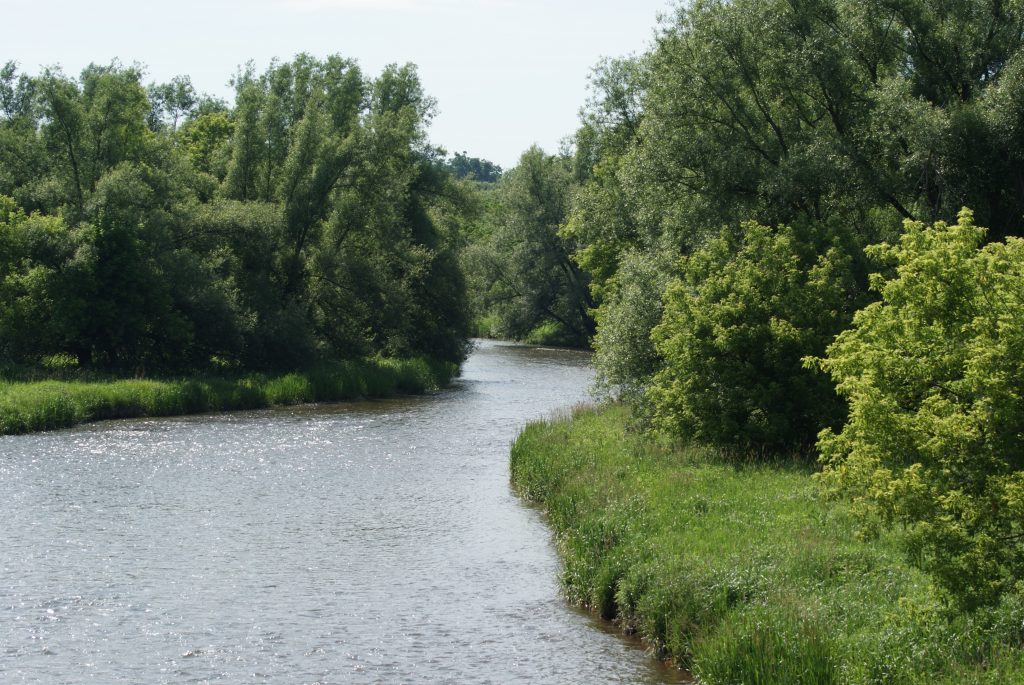From traffic jams that turn our highways and roads into parking lots to jam-packed buses, subways and trains, it’s clear that the Greater Toronto and Hamilton Area’s transportation system is suffering. In addition to frustrating residents, the traffic costs the GTHA economy $11 billion a year from goods stuck in traffic and lost productive time. That’s an expensive illness.
On February 18th, we’re hosting Sprawl Brawl Round II: Transit vs Highways and we’ll bring together an expert panel to offer their diagnosis about how we can cure gridlock in the GTHA.
Even if you don’t drive, traffic congestion affects you. It affects our shared climate. More people driving contributes to climate change. Congestion can impact your health and safety. Idling cars contribute to smog and degrade our air quality. People stuck in traffic have more health problems, like cardiovascular disease and obesity. There’s also a social cost; commuting one hour a day over 40 years equals one year of your life spent behind the wheel of a car – instead of time spent with family, friends or coming to events like the Sprawl Brawl.
How can we begin to cure traffic congestion in the GTHA? Better investments in public transit can reduce traffic jams. One Go train can move 1, 670 residents – and that means fewer cars on the road.
On the highway front, there is plenty of evidence that new highways, like the proposed 413 (GTA West) don’t reduce congestion but generate more traffic. That’s because they encourage more people to drive – leading to even more vehicles on the roads.
Faster, better public transit is one way to cut congestion. But where you build new public transit will largely determine whether people will opt to leave their car behind. Are we currently building public transit where it is needed to reduce congestion? Is it planned to get the most people to and from work? Are we planning public transit to coincide with the Growth Plan’s urban growth centres? Or is transportation infrastructure, like the Highway 413, being used to justify more sprawl on the edge of the GTHA? And how does all of this connect with the province’s upcoming review of the Big Move transportation plan?
These are critical questions to explore.
On February 18th, the panellists at Sprawl Brawl: Transit vs Highways will dive into these topics. They’ll discuss what the province should do – and shouldn’t do — to reduce traffic congestion in the GTHA. And they’ll explore how the province can align transportation funding with smart (compact) growth in a way that will be better for the climate, the economy and our quality of life.
Hope to see you there! Click here to register.







